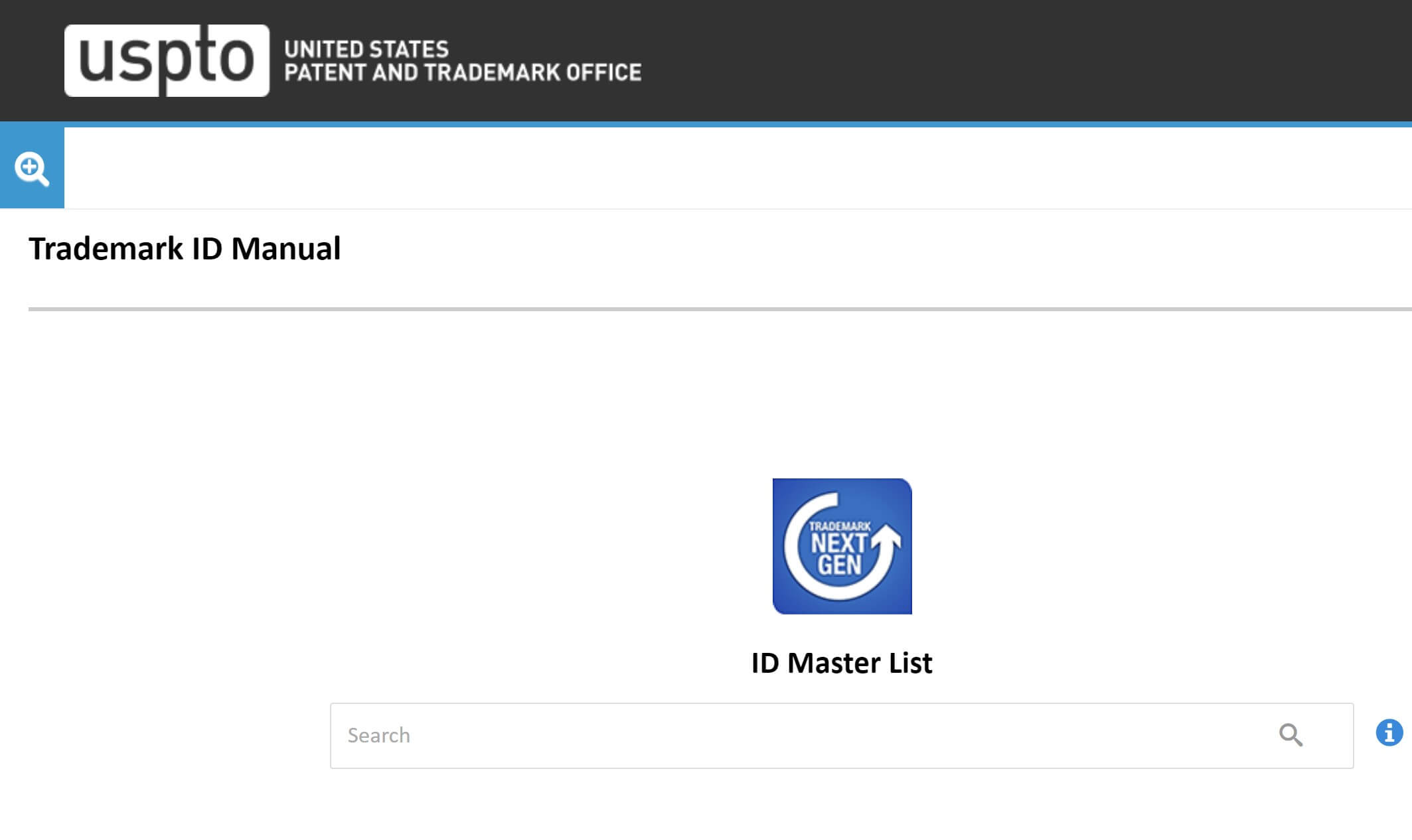When you go through a TEAS application, you will be required to assign an acceptable identification of goods/services for your trademark. In doing so, you will be (sometimes unknowingly) assigning an international class as well. Find out what are these and how to choose them.
International Classes & Acceptable Identifications of Goods or Services
These are two separate systems of categorizing goods and services. As you probably know by now, a trademark (or servicemark) cannot exist without an associated good or service. In other words, you cannot claim a phrase like “Your Favorite Snarky Joe” alone as a trademark. When you make and sell t-shirts printed with the wording “Your Favorite Snarky Joe”, you can stop others from selling T-shirts with the same print. That’s how trademark works.
Naturally, when you file a trademark application (or TEAS) for your brand with the USPTO, you need to provide a list of goods/services your brand sells/offers (or plan to do so) in the U.S. market. An option is to search something called “ID Manual” that has a list of goods/services. For your information, they are called “acceptable identification” because they are pre-approved for use in trademark registration. In fact, you are required to choose exclusively from the ID Manual if you want to qualify for TEAS plus, which is at least $50 cheaper to file.
It’s “at least” $50 cheaper because application fees are calculated based on how many International Classes you have. In the ID Manual, you will see a three-digit number with a heading “Class” next to each item. That’s short for International Class, and it’s international because representatives of many countries met in Nice and agreed to have a common classification system for trademark. There are only 45 Classes, each encompassing a wide range of goods or services. For example, Class 1 includes various chemicals for industrial and commercial purposes such as
Explanatory Note for Class 1 in Nice Classification
- sensitized paper;
- tyre repairing compositions;
- salt for preserving, other than for foodstuffs;
- certain additives for use in the food industry, for example, pectin, lecithin, enzymes and chemical preservatives;
- certain ingredients for use in the manufacture of cosmetics and pharmaceuticals, for example, vitamins, preservatives and antioxidants;
- certain filtering materials, for example, mineral substances, vegetable substances and ceramic materials in particulate form.
In many cases, all of goods/services you sell/offer will belong to a single Class. If that’s the case, it does not matter how many goods/services you include in your application. The application fee stays the same. However, if your goods/services span over two Classes, you will pay double the application fee (which is $250 as of 2022). Three Classes, then triple the amount. If you cannot find a suitable description of your good/service in the ID Manual for your goods/services, you will have to opt out of TEAS plus and simply type up a description in your own words. For the $50 extra fee, the USPTO will examine whether it’s an acceptable identification or not.
Which is better: Over- or under-inclusive of goods/services?
If you are already selling/offering the goods/services in the U.S. market, obviously there is no reason to be over-inclusive. To include goods/service planned for future, you will have to file a separate intent-to-use (“ITU”) application for those items. But if you are filing for a trademark that is not currently in use in the U.S. (i.e. filing an ITU application), it may be tempting for you to include as many goods/services as possible. As long as they all belong to a Class, you pay the same, right?
You should not include more than those you firmly plan to sell or offer in the U.S. because you are required to prove that you are currently selling or offering all goods/services listed in your registration at all times. To explain further, although you only need to submit a single specimen for an entire Class in your application and most likely throughout the registration process, the USPTO can always ask for more later. In fact, they do periodical audits to carve out trademarks that are no longer in use.
On the other hand, when your goods/services span over multiple Classes, you might consider going under-inclusive. Many trademark DIY-ers have a tight budget, and application fees are the ultimate cost for them. So, having multiple Classes may need to be avoided at all costs. In this case, you should focus on your core business. The USPTO will almost always first reject an application if they find a registration with a similar trademark in the same Class. In terms of fending off your competitors, you should have your trademark registered in Classes where your competition happens.
If you’re worried that your competitors may have a similar or same trademark registered in a Class potentially competing with your interest in the future, you can either file an intent-to-use application preemptively or monitor USPTO Official Gazette that publish trademarks to be registered if not opposed. Filing a preemptive application will only work for a period of time because you will be required to submit proof of use within 6 months (can be extended up to 3 years) after the examination of the application is completed. And there are professional Gazette monitoring services, which can be highly efficient if you have a large trademark portfolio.
Although Classes and IDs are made by the USPTO for administrative purpose, they often make big differences in real-life outcomes and affect your legal rights in terms of enforcing your trademark right. Do spend time and double-check if you’re in doubt.


